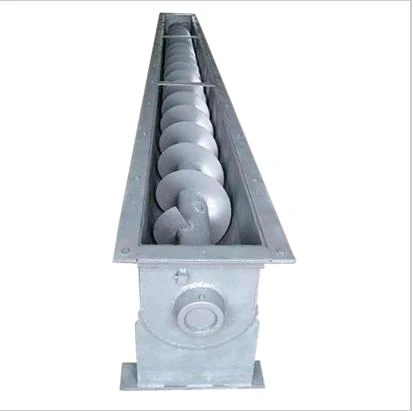open drag chain
Understanding Open Drag Chains An Essential Component in Modern Machinery
In the world of mechanical engineering and automated systems, the role of drag chains cannot be overstated. Among the various types of drag chains available, open drag chains stand out for their unique features and benefits. This article will explore what open drag chains are, their advantages, applications, and considerations for their effective use in modern machinery.
What are Open Drag Chains?
Open drag chains, also referred to as cable carriers or energy chains, are specialized devices designed to guide and protect moving cables and hoses in machinery. Unlike their closed counterparts, open drag chains consist of links that can be easily opened to insert or remove cables, making them a convenient choice for setups that require frequent adjustments or maintenance.
Typically constructed from durable materials such as plastic or metal, open drag chains feature a segmented structure that allows for flexibility and ease of movement. Their design enables them to carry multiple cables simultaneously, facilitating the organization and management of electrical and hydraulic lines in various applications.
Advantages of Open Drag Chains
1. Ease of Access and Maintenance One of the primary benefits of open drag chains is the ease with which cables can be added or removed. This feature is particularly advantageous in environments where machines are subject to frequent modifications or troubleshooting. Maintenance teams can quickly access cables without the need for disassembling the entire chain, thus saving time and reducing downtime.
2. Improved Cable Management Open drag chains provide an organized pathway for cables and hoses, which helps to prevent tangles and wear. This organization is crucial in complex machinery where multiple lines interact. With open drag chains, cables can be arranged neatly, reducing the risk of friction and damage during operation.
3. Versatility These chains can be used in a wide range of applications across different industries, including robotics, CNC machinery, conveyors, and industrial automation systems. Their adaptability makes them an essential component for any operation that involves moving parts and electrical systems.
4. Enhanced Flexibility Open drag chains often feature a design that allows for flexibility in movement, accommodating the dynamic motions of machinery. This quality is essential in applications where machinery needs to move in multiple directions or where space is limited.
open drag chain

5. Robustness and Durability Crafted from high-quality materials, open drag chains are built to withstand harsh environments, including exposure to chemicals, extreme temperatures, and heavy loads. Their rugged construction ensures long-lasting performance, contributing to the overall reliability of the machinery they support.
Applications of Open Drag Chains
The applications of open drag chains are vast and varied. In the field of robotics, for instance, they are commonly used to manage the cables that power the robots and control their movements. Similarly, in CNC machining, open drag chains help protect the sensitive cabling responsible for the precise operation of cutting tools.
In manufacturing environments, conveyor systems benefit from open drag chains as they ensure that power and signal cables are effectively managed, promoting smooth operation and reducing downtime. Additionally, they are frequently utilized in automated guided vehicles (AGVs) and packaging machines, where efficient cable management is critical for operational success.
Considerations for Using Open Drag Chains
While open drag chains offer numerous advantages, there are essential considerations to keep in mind. The selected chain must be appropriately sized for the application to prevent excessive wear on cables. Additionally, understanding the environment in which the chain will operate can ensure the chosen materials are suitable for factors like temperature and exposure to substances.
Proper installation is crucial to achieving the desired level of performance; installers should follow manufacturer guidelines and best practices to ensure that the drag chains function optimally.
Conclusion
Open drag chains are indispensable components in modern machinery, facilitating efficient cable management while providing ease of maintenance and access. With their versatility and durability, they continue to support a wide range of industries, making them an integral part of contemporary automated systems. As technology evolves, the design and functionality of open drag chains will likely advance, further enhancing their effectiveness in various applications.








